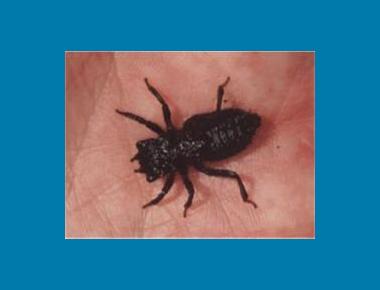Facilitating the protection and restoration of species and ecosystems at risk on BC’s South Coast
Black Petaltail
Tanypteryx hageni
Length: males 5.5—5.9 cm, females 5.3—5.5 cm. Males and females are similar (females slightly larger). This distinctive dragonfly is black with yellow patterning on the head, thorax and abdomen. The face is yellow and the eyes are well separated (more reminiscent of damselflies) with two yellow spots in between. The pterostigma (coloured, thickened cell on the leading edge of each wing membrane near the tip), is black, long and narrow. Females have a short, curved ovipositor (appendage used to place and lay eggs). The 2.6-3.1 cm larvae (“nymphs”) are squat, black with hairy antennae and hair tufts on the abdominal segments. Larvae are unique in having an amphibious existence (not fully aquatic the way other dragonflies are), and excavate burrows in the wet mud of sloping seeps and saturated areas. Larvae can be observed sitting at the entrance to burrows as night falls waiting for prey items and may also make short foraging trips to find prey.
Download Species Fact Sheet in PDF
Status
RESOURCES
A joint venture resource providing comprehensive information on a range of species and ecological communities specific to the Coast Region of BC (including the South, Central and North Coast, Vancouver Island and Haida Gwaii).









